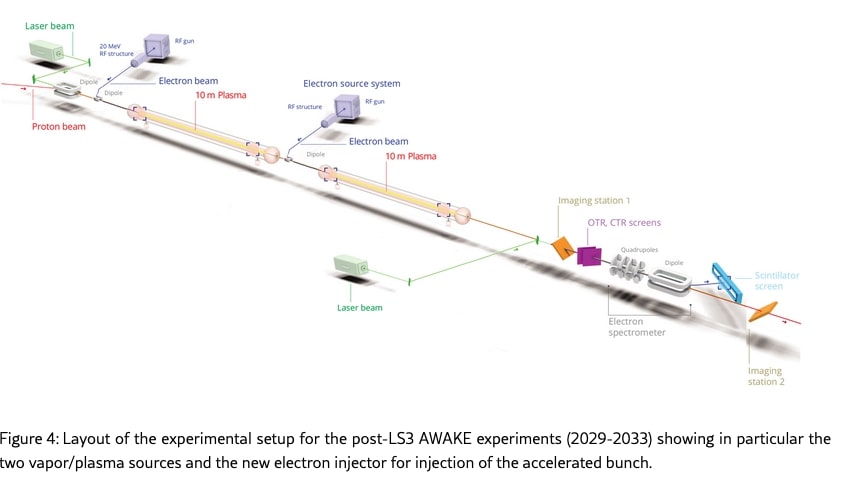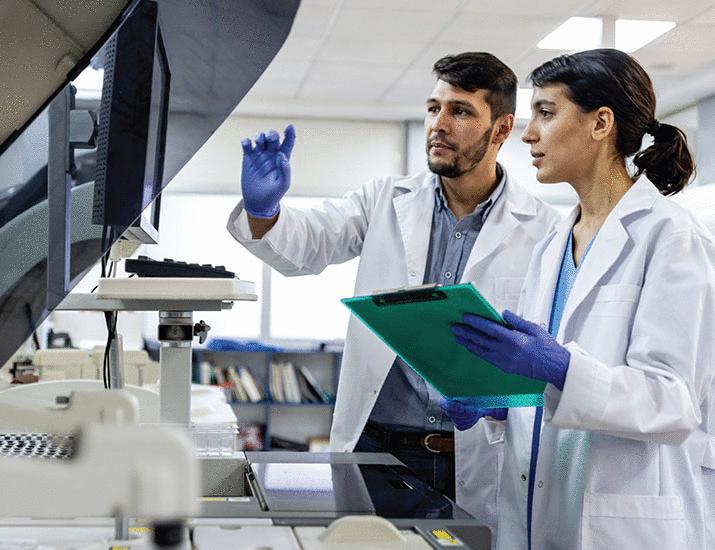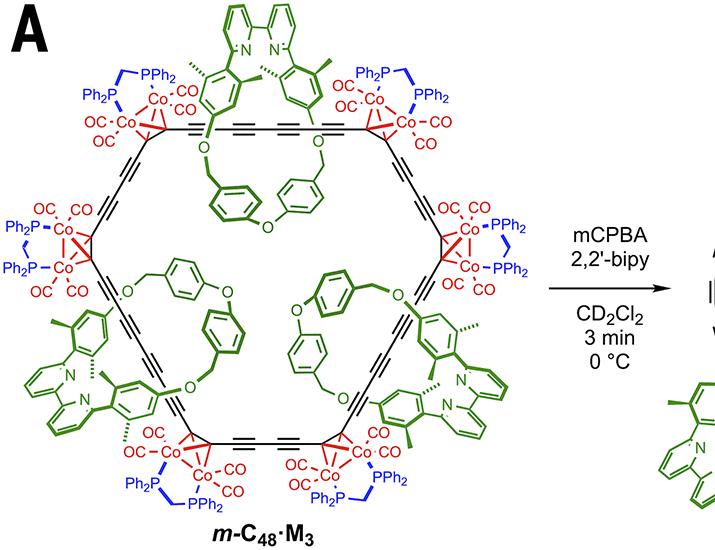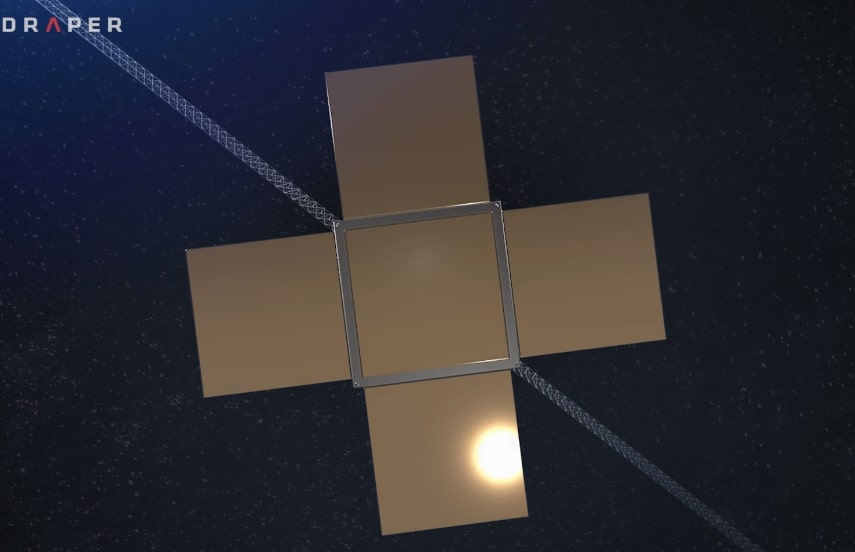Now Reading: Advanced Accelerators to Boost Isotope Production for Space Propulsion Innovations
-
01
Advanced Accelerators to Boost Isotope Production for Space Propulsion Innovations
Advanced Accelerators to Boost Isotope Production for Space Propulsion Innovations

Quick Summary
- Emerging Accelerator Technology: Scientists are developing Plasma Wakefield Accelerators (PWA) to significantly lower costs and size compared to traditional accelerators, using plasma waves for compact, high-powered particle acceleration.
- Recent Progress at DESY: A team at DESY and the University of Hamburg demonstrated a two-stage correction system improving beam quality by reducing energy spread below 0.1%.
- Key Innovations:
– Laser-driven accelerators (LWFA/PWFA) create fields thousands of times stronger than conventional RF accelerators.
– Compact systems aim to reduce construction costs from $500M-$2B to $10-100M with high yields.
– High repetition rates and industrial-scale plasma sources are required for practical adoption in medical, industrial, or space applications.
- Applications:
– Medical isotopes require lower energies; advancements make small-scale compact systems ideal.- Space propulsion needs large quantities of nuclear material like uranium-232 or plutonium-238 for faster propulsion (~0.5% light speed).
- Roadmap for Scalability (2025-2033): Initiatives such as CERN’s AWAKE project plan multi-GeV energy beams sufficient for isotope production or particle physics testing with scalable lengths up to tens of meters.
Indian Opinion Analysis
India stands poised to benefit from advancements in compact accelerator technologies given their potential applications across key sectors such as healthcare, energy efficiency, space exploration, and defense. Lower-cost solutions align with India’s ongoing initiatives aiming at self-reliance in critical imports like radioisotopes used for diagnostics and treatments. For India’s burgeoning space program under ISRO’s leadership, the possibility of more efficient isotope production could accelerate breakthroughs in nuclear propulsion technology vital for interplanetary missions.
Though,these technologies necessitate critically important infrastructural commitments toward specialized facilities combining precision engineering and advanced materials science expertise-areas where capacity-building is crucial. Collaborative international research efforts may serve as cost-effective gateways into this highly technical domain while fostering domestic innovation.


























